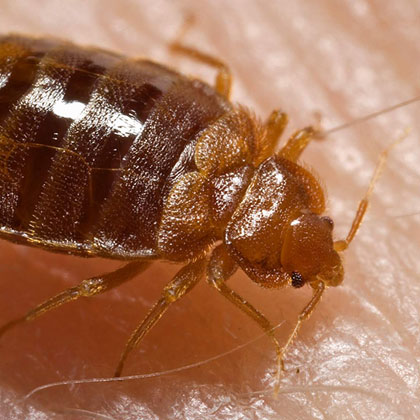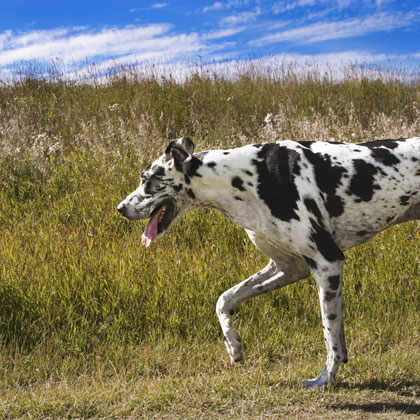Does nature hold the answer to sustainability? Biomimicry as ecological innovation

Does nature hold the answer to sustainability? Biomimicry as ecological innovation
Biomimicry is the science of studying nature's models and taking inspiration from it to solve human problem. A recent study examines this concept and its philosophical origins — and whether it can help humankind tackle the challenges of sustainability.
Original Paper:
Blok, Vincent, and Bart Gremmen. "Ecological Innovation: Biomimicry As A New Way Of Thinking And Acting Ecologically". Journal of Agricultural and Environmental Ethics 29.2 (2016): 203-217. DOI: http://dx.doi.org/10.1007/s10806-015-9596-1
The unsustainable use of natural resources is a growing concern for many countries. A recent European Union report, Manifesto for a Resource-Efficient Europe, emphasized that with growing pressures on resources and the environment, the EU has no choice but to transition to sustainability. This search for a transition has created interest in what is called biomimetic approaches to technology and innovation. Is this new approach humanity's ultimate answer?
A team of researchers at Wageningen University in the Netherlands attempted to answer this question by critically analyzing the theoretical and philosophical foundations behind biomimetics, popularly known as biomimicry. Biomimicry is the science of studying nature's models and taking inspiration from it to solve human problem — for instance, a solar cell inspired by the function of a leaf.
For their paper, published in the Journal of Agricultural and Environmental Ethics, the Dutch researchers used two concepts: one based on the conceptualization of nature and the other based on the conceptualization of mimesis, or imitation, to explain biomimicry. According to the first concept, biomimicry is seen as a technology transfer from nature to humanity because nature has the perfect technological design necessary for the highest functionality. The second concept of imitation or mimicry is further divided into two perspectives. The first perspective is the natural reproduction of what exists in nature. The second perspective is productively supplementing what is in nature with the hopes of making it better.
Taking these two conceptualizations as a basis, the researchers introduce what they call strong and weak biomimicry. Strong biomimicry assumes perfection of nature and takes mimicry as reproduction of nature. Weak biomimicry acknowledges deficiencies in nature as well as the role of mimicry to supplement nature. While strong biomimicry bears the risk of making the argument that biomimicry is the ultimate answer because it is natural; the weak concept of biomimicry avoids this mistake. The researchers conclude that because of this reason strong biomimicry could be more problematic conceptually than weak biomimicry.
The study raises critical questions on what it is that biomimicry assumes as a problem and an appropriate intervention. How should deficiencies of nature be conceptualized and integrated in biomimetic design? To what extent are the ethics of biomimicry derived from nature or imposed on nature? For solution-hungry sustainability professionals, the article begs for a thoughtful pause.




